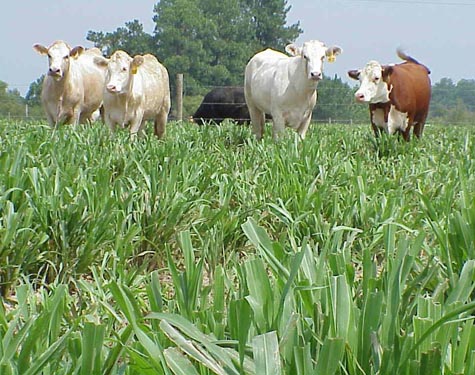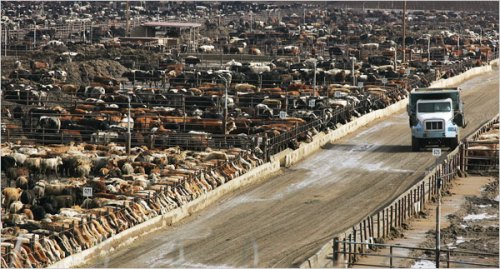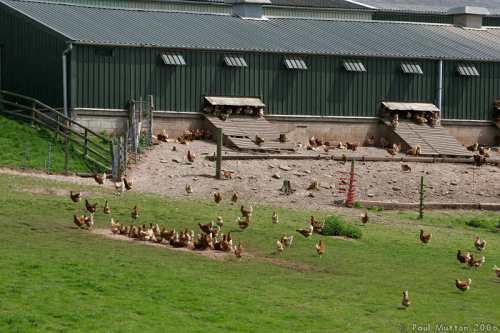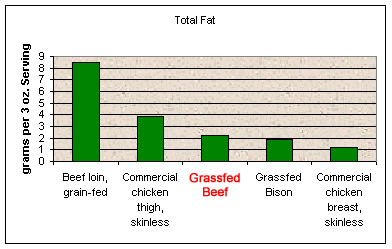Grab Bag Set-Your-Old-Books-Free Tip:

How many books are sitting on your shelves, orphaned… alone…. yearning to be freed from the dusty layers of loneliness? It’s time to weed out the ones you’ve read and the ones you’ll never read and give them a new life. You can donate them to school libraries, but many books in your shelves won’t be well suited for that. I have found an easy website where you can even get PAID for them! Check it out:
Grab Bag Nutrition Byte:
Decades ago we all heard the cries from the fringes that our food sources were being “poisoned” with hormones, antibiotics, pesticides, etc. The messengers more often than not also proposed we all grind our own cornmeal, weave our own cloth, live in communes, hold hands and sing “Kumbaya”. Yes, maybe it’s better to eat organic stuff, but it often isn’t terribly practical or convenient.
And let’s face it… the realities of today’s food processing are this: 1) We have millions of mouths to feed. 2) To feed the masses we must offer convenient food, sourced in economical ways, that will ship sometimes great distances and stay decay-free for as long as possible.WE have created this picture because we have expectations of availability, economy, variety and longevity.
If we are on the consumption end of that mass-production scenario, we will be eating food that, arguably by necessity, has been raised in feed lots or grown on large farms, treated with hormones to maximize pound-per-hoof or sprayed with pesticides and herbicides to maximize bushel-per-acre, and given antibiotics to keep it clean from infections that might spread through large herds.
The business of food is BIG BUSINESS, and its formula is:
Profit Margins = High Yield + Low Overhead + High Volume + Minimal Loss + Effective Distribution
All understandable. And yet with mass production comes mass potential for massive problems… like the salmonella outbreaks of recent months, or mad cow scare in beef supplies. And those are pathogens we can identify and trace. What about the potential secondary effects of pesticide, herbicide, hormone and antibiotic treated foods? I’m willing to say we don’t know what we don’t know. And that makes me think about where and how I want my food sourced.
I think I prefer this:

to this:

…and I’d like to get away from this:

and move towards this:

If we are fortunate enough to have the choice, perhaps we should step out of the mass-production chow line and look for something less treated; something that was raised or grown the way you would raise or grow your own food.
Organic produce is available in many if not most areas, certainly. But what about natural beef, raised on grass and roaming free instead of penned and fed grain? Not as easy to find as one would think these days. How about chickens that scratch and walk and eat in a normal fashion as opposed to caged and fed through a grate?
To keep this brief, I’ll show this simple chart below to understand JUST ONE of the the differences in the actual content of grass-fed beef, as opposed to grain fed.

I have been pondering the nutritional and ethical issues for awhile. I have more questions. But I realize that I have ignored the sourcing of food in favor of convenience. As I learn more I will share.
For more information and sources in your area to find truly natural meat, eggs and dairy, visit eatwild.com. Your local health food store should have these sources and more information as well. And check out the award winning video below…. think about it….
“THE MEATRIX”
Vodpod videos no longer available.
Grab Bag Brain Game:
(Sorry for the ad that runs first… they are putting ads everywhere now)
Grab Bag Matters:
From the “Every Monday Matters” book and website:
Donate Your Organs
(To learn how to donate your whole body to science, click HERE)
FACTS
- Over 97,000 people are in need of one or more organs.
- 77 people receive organ transplants every day.
- There is no age limit on who can donate.
- 300 new transplant candidates are added to the waiting list each month.
- Most family members are not aware of one another’s willingness to be a donor, even if it is indicated on their driver’s licenses.
TAKE ACTION TODAY
- Declare on your driver’s license your wish to donate tissue and organs.
- Carry a donor card in your wallet.
- Sign up on your state’s donor registry today.
- Inform your family, loved ones, and physician of your decision.

YOU MATTER
Eighteen people die every day waiting for a transplant. Because more people need transplants than there are organs available, register your organs on the donor registry. In addition to indicating your wishes on your driver’s license, make your family members aware of your decision. Saving a life by donating a heart, lung, or kidney or allowing someone to see again through your cornea may be the most significant gift you ever give…and you may not even be aware you are giving it.
Grab Bag Sweet Stuff:
Vodpod videos no longer available.
Grab Bag Funny Stuff:



LOVE the new artwork Layla, it looks amazing!! Brava! C xox
The farmer’s market on Saturdays offers fresh meat from San Julian Ranch, which is right off Highway 1 on your way to Jalama Beach. You can see for yourself the beautiful setting that this beef is raised.
I’m “addicted” to this new game – thanks Lay.
Thanks JP! Great to know… and to clarify for those in other locales, this is the Farmer’s Market in downtown Santa Barbara.
I just discovered a link to medical schools and donor programs nation wide who are always in need of donated bodies. When you or someone you know is done with theirs and no longer needs it, (:-) )click on the link in the right column under “Information” to see a state-by-state list.